Exit West is the first novel I’ve ever read by Mohsin Hamid, but it undoubtedly will not be the last! Hamid touches on relationships, religion, immigration, and social interactions, all with a beautiful style of magical realism that flowed so well I simply didn’t want to put it down.
In a city swollen by refugees but still mostly at peace, or at least not yet openly at war, a young man met a young woman in a classroom and did not speak to her. For many days.
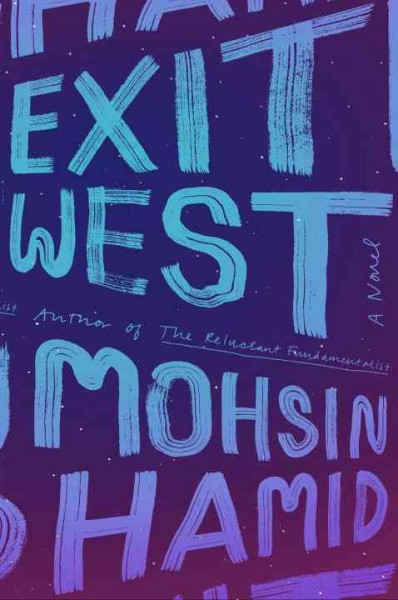 This is how the story of Nadia and Saeed begins, in a country teetering on the brink of a civil war. The dangerous country is never named, but it is obvious that it is somewhere in the Middle East. People are living here in constant fear, people are shot on their way to work, and sometimes even in their own homes.
This is how the story of Nadia and Saeed begins, in a country teetering on the brink of a civil war. The dangerous country is never named, but it is obvious that it is somewhere in the Middle East. People are living here in constant fear, people are shot on their way to work, and sometimes even in their own homes.
Nadia is a fiercely independent women living alone, who wears a black robe from head to toe. She does not do this for religious purposes. In fact she never prays; she’s simply comfortable doing what she wants to do. Saeed is religious, lives at home with a loving family and prays almost daily, yet is much more unsure of himself. Both are very intrigued by one another and they begin a relationship amidst the growing war within their country. They start off as close friends and then slowly begin to realize how much of a physical, social, and intellectual connection they have with one another.
As the relationship between them begins to pick up, so does the war within their country. New curfews are put into place, and the government begins to cut electricity and cell phone services, making Nadia and Saeed fear for one another’s safety. Their country is becoming unlivable for them. They soon begin to hear about ‘doors’ throughout their city and country. These doors are rumored to transport people away from their terrible city and to a new location. The tricky thing about these doors is that one cannot pick the location of their destination, and therefore they may end up in a new country as an unwanted immigrant. Nadia and Saeed decide to take the leap and pay for someone to find a door for them. They feel as if they have lost everything, and that they simply cannot have a life worth living in their country. They are willing to take the risk of being an immigrant or even refugee if it means that they can have a better life.
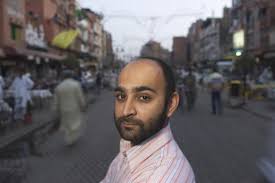
Moshin Hamid
I know, this is a magical twist that may turn some people away…but I promise, the story is still just as powerful. You still see the stress and uncertainty that comes with a new relationship, even more so with one in a country at war with itself. You see family relationships at their best and at their worst. You also get a look into the life of refugees and how, even though they’re in the same situation, people can turn on one another quickly. In our world today, refugees are often painted in a negative light. Hamid takes you into the mindset of a refugee and helps bring back the humanity that’s often lost in today’s world. Nadia and Saeed love one another, they love friends and family, they have relationships, they lose relationships, they’re people who are fighting to just make it out of a situation that they want no part of. They’re fighting for one another, they’re fighting for themselves, and they’re fighting for others around them. In the end, Hamid has written an extraordinary novel about love and loss in the mists of war.
I’m a fan. I can’t wait for more from Mohsin Hamid. Exit Westis fantastic.

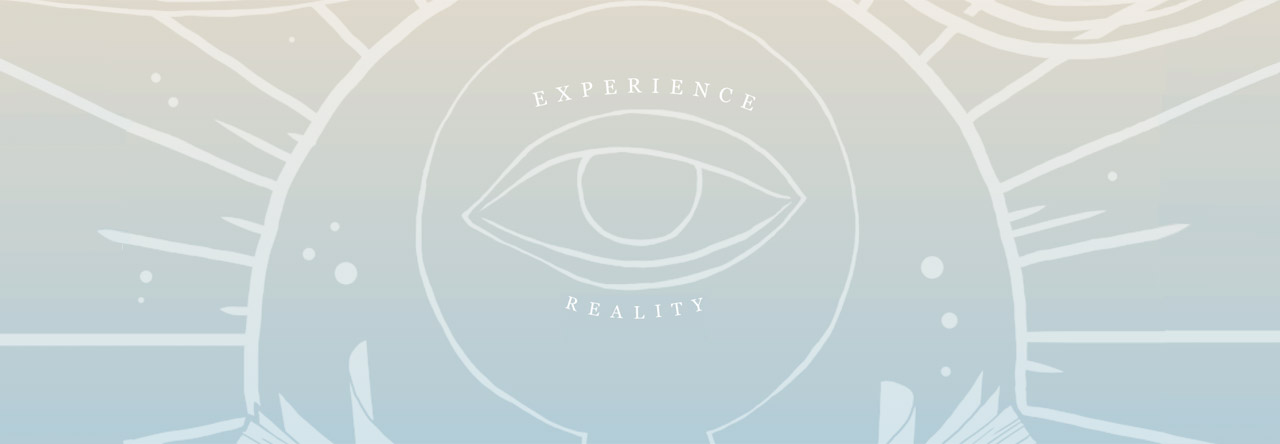

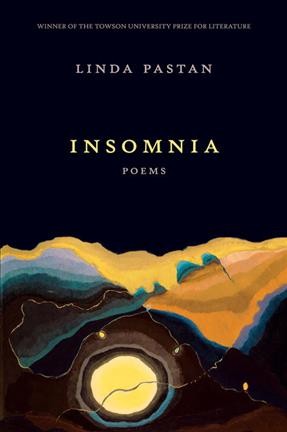 I am happy to say that since I started working at Lemuria, I’ve discovered wonderful contemporary poets who write poetry that I can relate to. In one of
I am happy to say that since I started working at Lemuria, I’ve discovered wonderful contemporary poets who write poetry that I can relate to. In one of 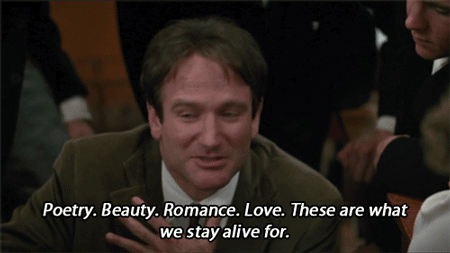 The versatility of poetry is one of the things that drew me to it in the first place; poetry has many different uses: to convey love (or even hate) and other emotions, to appreciate nature, to appreciate culture, and to encourage activism. Whatever your interest, there’s going to be poetry out there for you to discover. Come and see sometime what poetry has to offer you.
The versatility of poetry is one of the things that drew me to it in the first place; poetry has many different uses: to convey love (or even hate) and other emotions, to appreciate nature, to appreciate culture, and to encourage activism. Whatever your interest, there’s going to be poetry out there for you to discover. Come and see sometime what poetry has to offer you.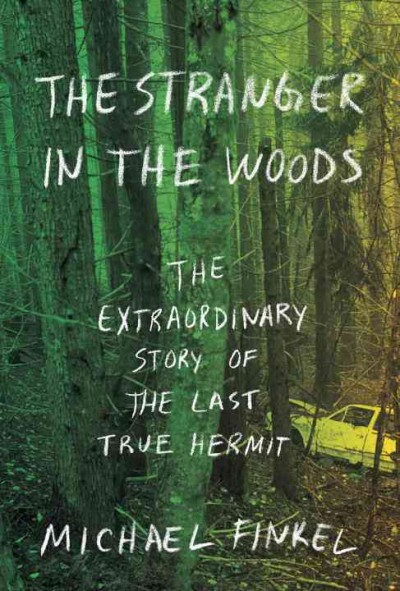


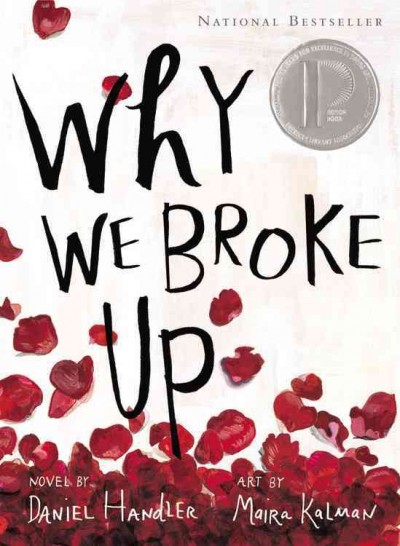 There aren’t many YA romance novels that compel me to go through them with a pen and a highlighter.
There aren’t many YA romance novels that compel me to go through them with a pen and a highlighter. 
 It’s such a cliche to say that I couldn’t put this book down, but trust me when I say that I really do mean it when it comes to
It’s such a cliche to say that I couldn’t put this book down, but trust me when I say that I really do mean it when it comes to 
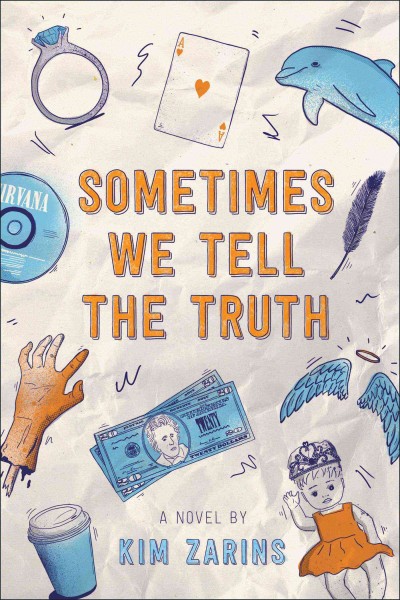 Who knew that a retelling of The Canterbury Tales could feel so modern and authentic? Emulating Chaucer is a tall order by any standard, but Kim Zarins delivers. The story takes place on a bus headed to Washington D.C. filled with rambunctious teens stuck together on a six-hour bus ride. Their civics teacher and supervisor’s solution is to come up with a story-telling competition: best story gets the winner an A in the class. The stories range from hilarious to raunchy to deadly serious, but all of them teach us something valuable about the characters. The cast is diverse and compelling, as one would have to be to make a reader relate to a 24-person cast! The story is tried and true, but Kim Zarins puts an amazing, modern spin on things to make an unforgettable read.
Who knew that a retelling of The Canterbury Tales could feel so modern and authentic? Emulating Chaucer is a tall order by any standard, but Kim Zarins delivers. The story takes place on a bus headed to Washington D.C. filled with rambunctious teens stuck together on a six-hour bus ride. Their civics teacher and supervisor’s solution is to come up with a story-telling competition: best story gets the winner an A in the class. The stories range from hilarious to raunchy to deadly serious, but all of them teach us something valuable about the characters. The cast is diverse and compelling, as one would have to be to make a reader relate to a 24-person cast! The story is tried and true, but Kim Zarins puts an amazing, modern spin on things to make an unforgettable read.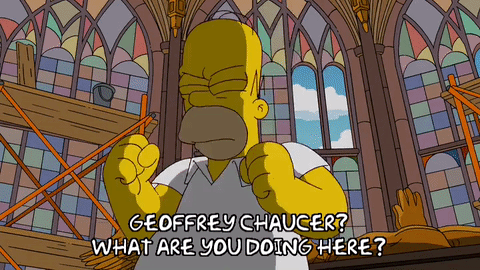
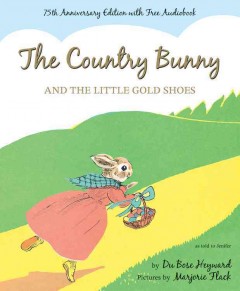 I’m bringing back a classic Easter book here, guys.
I’m bringing back a classic Easter book here, guys.  This digs into the bigger issues in a very subtle way that is appropriate for small children, but also makes it more interesting for the parents to read. They question her color and class standing, but she overcomes this. They suggest that because she is a woman and a mother, there is no way she could be the Easter Bunny, but she proves them wrong. She never gives up and in the end, she is rewarded for this determination.
This digs into the bigger issues in a very subtle way that is appropriate for small children, but also makes it more interesting for the parents to read. They question her color and class standing, but she overcomes this. They suggest that because she is a woman and a mother, there is no way she could be the Easter Bunny, but she proves them wrong. She never gives up and in the end, she is rewarded for this determination. With the occasional jump back into the narrative present, March follows Lewis’ life using major civil rights events (the
With the occasional jump back into the narrative present, March follows Lewis’ life using major civil rights events (the 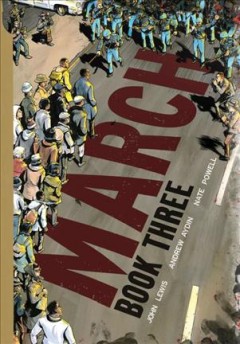 It’s also compellingly told. Lewis’ tone is conversational: it balances seriousness and grief with levity and honesty. Anyone who’s heard Senator Lewis speak knows he does so with conviction but without false airs, and March is written the same way.
It’s also compellingly told. Lewis’ tone is conversational: it balances seriousness and grief with levity and honesty. Anyone who’s heard Senator Lewis speak knows he does so with conviction but without false airs, and March is written the same way.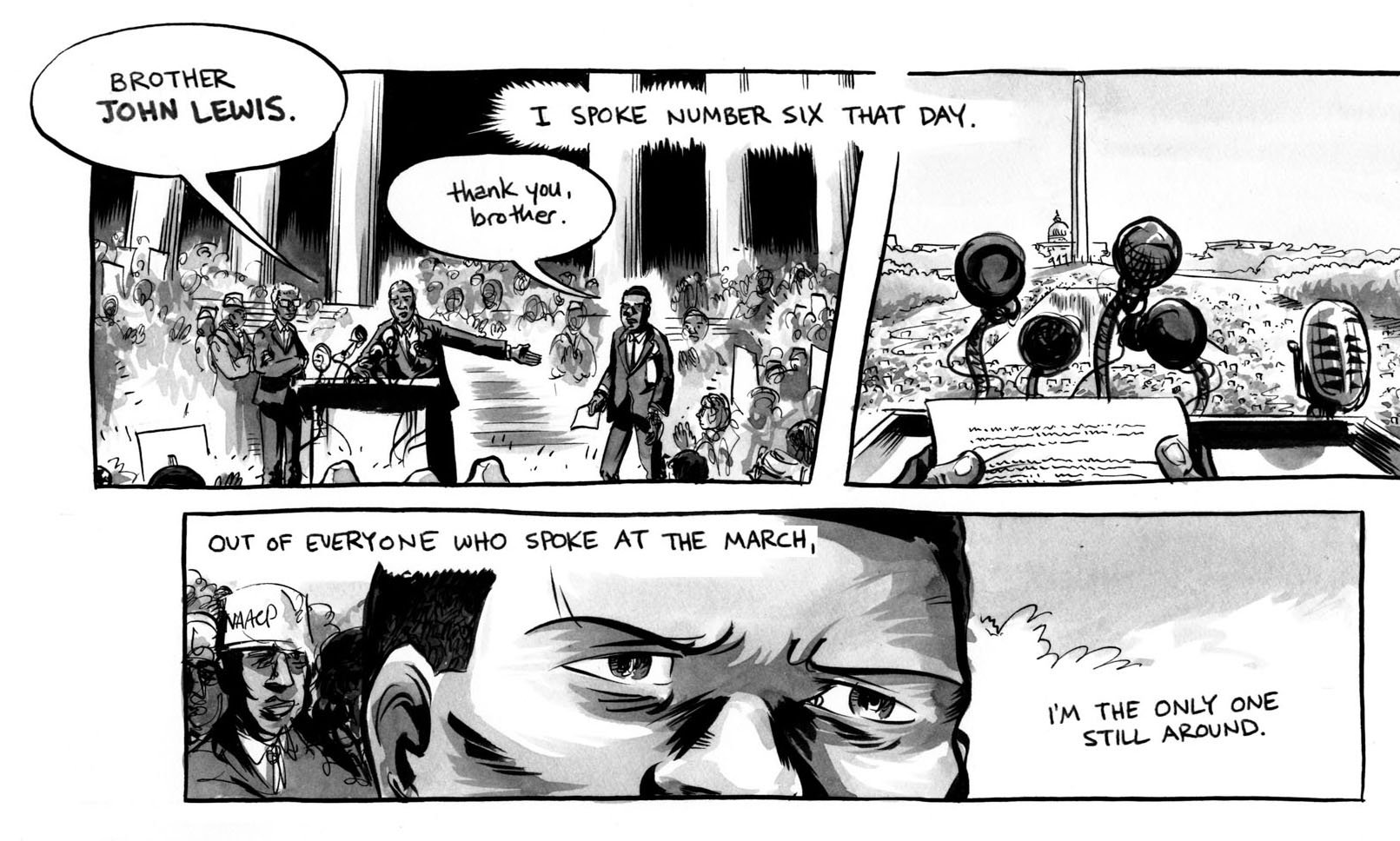
 Let me just start by saying you that will never guess how this book ends. Try as you might, this book is going to throw you for a serious loop. I finished this book on my lunch break one day and came back in the store and yelled “WHAT JUST HAPPENED TO ME?!!!” There is even a hashtag for this book, #WTFtheending. Don’t let this make you think that the ending was not good; it just shocked the hell out of me.
Let me just start by saying you that will never guess how this book ends. Try as you might, this book is going to throw you for a serious loop. I finished this book on my lunch break one day and came back in the store and yelled “WHAT JUST HAPPENED TO ME?!!!” There is even a hashtag for this book, #WTFtheending. Don’t let this make you think that the ending was not good; it just shocked the hell out of me.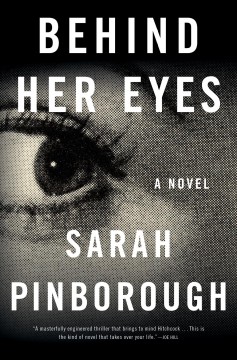 On a rare night out, she meets a man in a bar and they kiss. She is totally giddy about it because she feels there is a real connection and this has not happened to her in years. The next time she is at work, she meets her new boss who is incredibly handsome–and just happens to be the man from the bar. He also happens to be VERY married. Not only that but his wife is INCREDIBLY gorgeous. The new boss, David, and Louise talk about what happened and move forward. No big deal, right?
On a rare night out, she meets a man in a bar and they kiss. She is totally giddy about it because she feels there is a real connection and this has not happened to her in years. The next time she is at work, she meets her new boss who is incredibly handsome–and just happens to be the man from the bar. He also happens to be VERY married. Not only that but his wife is INCREDIBLY gorgeous. The new boss, David, and Louise talk about what happened and move forward. No big deal, right?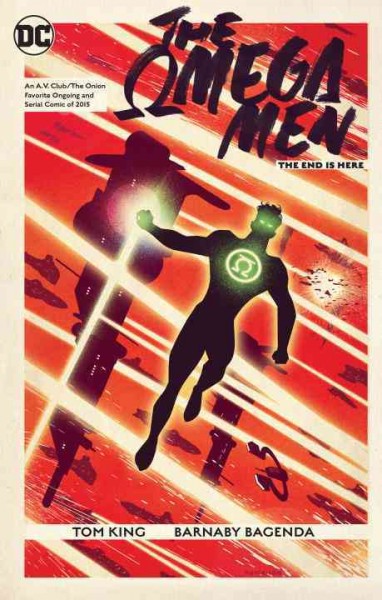 What happens when you give one of the top comic book writers around a
What happens when you give one of the top comic book writers around a 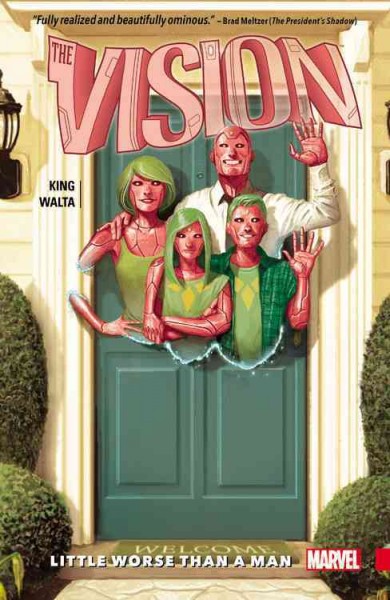 That’s right, two by Tom King. In this title for Marvel comics, King takes Vision, the lesser-known robotic member of the Avengers, and sends him to suburbia. Vision takes a job with the US government and builds himself a robotic wife and two kids, modeled after himself. What starts out as a quirky fish-out-of-water sorry about a super-powered family of robots getting along with the neighbors quickly becomes dark when things take a deadly turn. Accompanied by Gabriel Walta’s art, this unexpected hit delivers a captivating story.
That’s right, two by Tom King. In this title for Marvel comics, King takes Vision, the lesser-known robotic member of the Avengers, and sends him to suburbia. Vision takes a job with the US government and builds himself a robotic wife and two kids, modeled after himself. What starts out as a quirky fish-out-of-water sorry about a super-powered family of robots getting along with the neighbors quickly becomes dark when things take a deadly turn. Accompanied by Gabriel Walta’s art, this unexpected hit delivers a captivating story.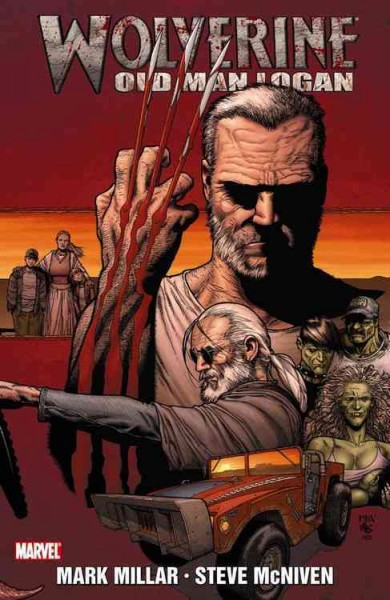 An elderly Logan, formerly the X-Man Wolverine, is living in a dystopian U.S., controlled by a group of villains that have divided the country up between themselves. Unlike the film, the book can pull from any Marvel properties it wishes, meaning that this book features characters and concepts from throughout the Marvel universe, including, but not limited to, a band of hillbilly Hulks, a Venom dinosaur, and an elderly Hawkeye. The book differs from the film vastly in plot, but shares its tone and themes: legacy and mortality. It’s a favorite of X-Men fans, and if you enjoyed the film, it’s definitely worth picking up.
An elderly Logan, formerly the X-Man Wolverine, is living in a dystopian U.S., controlled by a group of villains that have divided the country up between themselves. Unlike the film, the book can pull from any Marvel properties it wishes, meaning that this book features characters and concepts from throughout the Marvel universe, including, but not limited to, a band of hillbilly Hulks, a Venom dinosaur, and an elderly Hawkeye. The book differs from the film vastly in plot, but shares its tone and themes: legacy and mortality. It’s a favorite of X-Men fans, and if you enjoyed the film, it’s definitely worth picking up. Celine specializes in bringing families back together, for example, finding parents that had to give their children up for adoption. She has no interest in looking for cheating spouses or catching white collar criminals. Is it weird to say that I want to be like Celine when I grow up? Not that I want to be a private detective (just kidding, I totally do), but I want to be as calm and collected as she is. Her husband, Pete, is a man of few words and just as smart as Celine. He often accompanies Celine on her cases, and offers great insight on them.
Celine specializes in bringing families back together, for example, finding parents that had to give their children up for adoption. She has no interest in looking for cheating spouses or catching white collar criminals. Is it weird to say that I want to be like Celine when I grow up? Not that I want to be a private detective (just kidding, I totally do), but I want to be as calm and collected as she is. Her husband, Pete, is a man of few words and just as smart as Celine. He often accompanies Celine on her cases, and offers great insight on them. Greg Iles is set to publish his final chapter in the Natchez Burning trilogy tomorrow. The trilogy, which began with
Greg Iles is set to publish his final chapter in the Natchez Burning trilogy tomorrow. The trilogy, which began with  It the middle of Turning Angel, he makes a pitch for his out-of-town fiancée to stay while he makes a run for mayor of Natchez: “Natchez has become a place where we have to raise our children to live elsewhere. Our kids can’t come back here and make a living. And that’s a tragedy…I want to change that.” And those words resonate because what’s true for Natchez is essentially true for all of Mississippi.
It the middle of Turning Angel, he makes a pitch for his out-of-town fiancée to stay while he makes a run for mayor of Natchez: “Natchez has become a place where we have to raise our children to live elsewhere. Our kids can’t come back here and make a living. And that’s a tragedy…I want to change that.” And those words resonate because what’s true for Natchez is essentially true for all of Mississippi.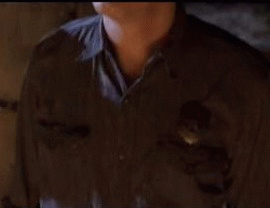 Truly menacing villains such as Brody Royal, the money man behind the Klan, and Forrest Knox, the heir apparent to all law enforcement in Louisiana and simultaneously the head of the family crime syndicate, dominate the first two books, but are dispatched. By the telling of Mississippi Blood, only Snake Knox (Forrest’s uncle), the man with the meanest of goals—survival and notoriety—and the meanest of dispositions, survives to torment Penn and the good people left standing in Natchez.
Truly menacing villains such as Brody Royal, the money man behind the Klan, and Forrest Knox, the heir apparent to all law enforcement in Louisiana and simultaneously the head of the family crime syndicate, dominate the first two books, but are dispatched. By the telling of Mississippi Blood, only Snake Knox (Forrest’s uncle), the man with the meanest of goals—survival and notoriety—and the meanest of dispositions, survives to torment Penn and the good people left standing in Natchez.